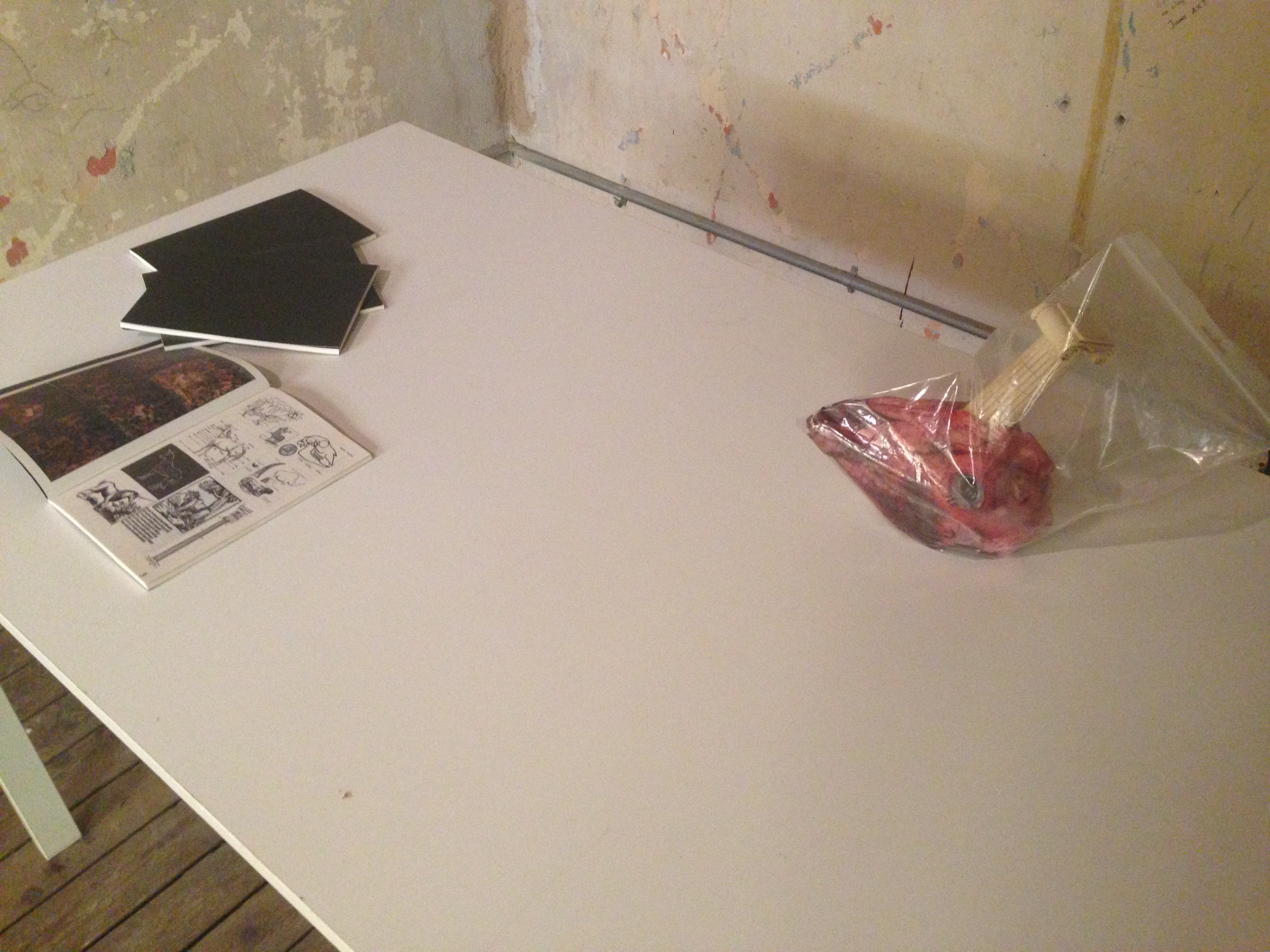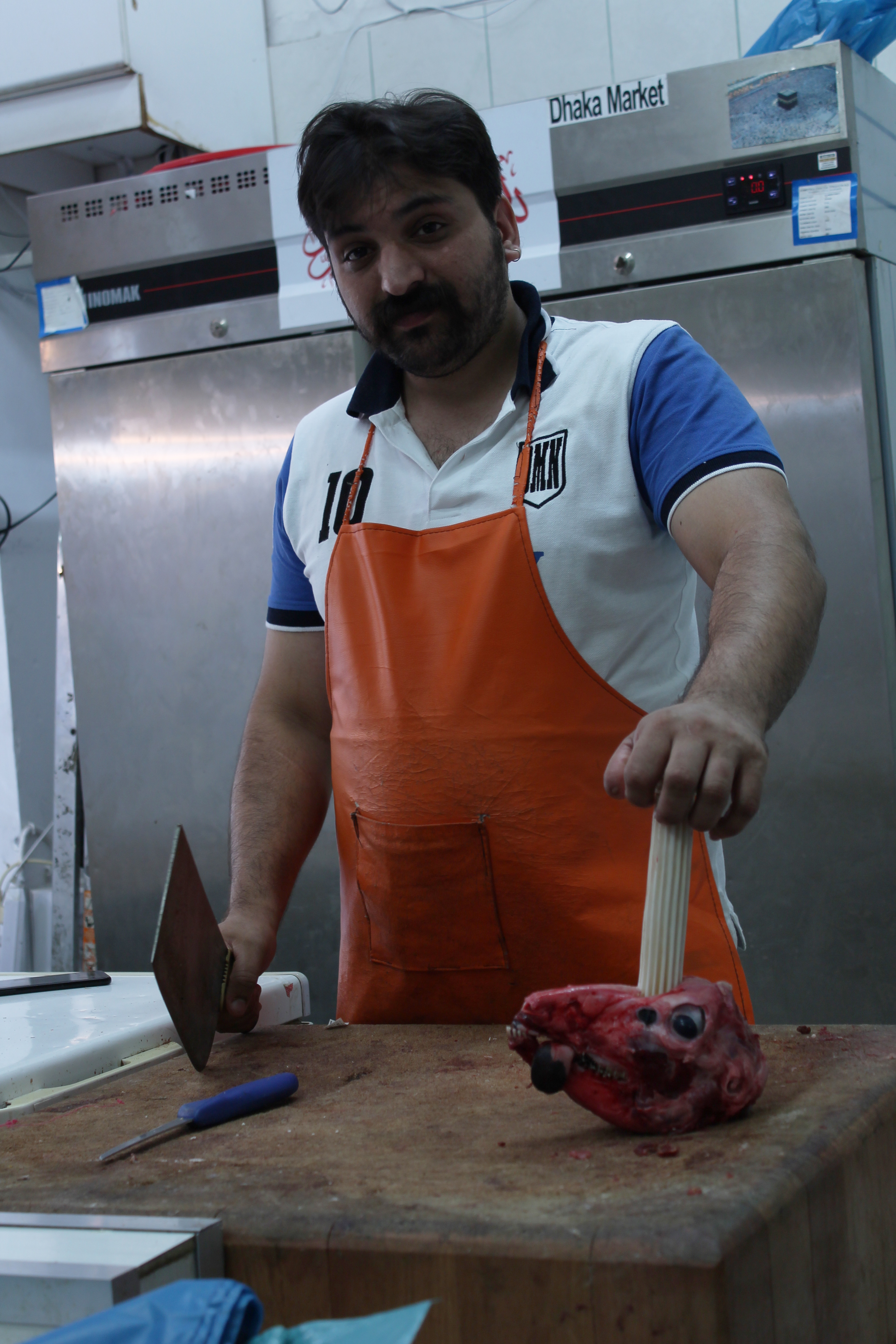THE LORE OF THE UNICORN
AFTER THE CAPTURE
[2018]
DIGITAL PHOTOGRAPHY
“The Lore of the Unicorn, After the Capture” is a homage to the German photographer August Sander and his work Face of Our Time (1929), a series of 60 portraits of people of the Weimar Republic. Current work attempts a similar typological depiction in Athens during the period of economic crisis. It comprises a series of photographic portraits of individuals in Athenian society, taken in the period 2014–2018, incorporating elements of both fiction and photographic documentary.
Through the reference to Sanders’ emblematic work, the well-known analogy between the two eras and societies is evoked, while at the same time a fictional narrative is used to comment on the Greek context.
Sander’s approach is combined with the medieval myth of the Unicorn, as depicted in the tapestry The Hunt of the Unicorn (1495–1505), which illustrates the capture and killing of the mythical creature. Using the tapestries as a narrative starting point, the myth continues in Athens of the economic crisis and the following years.
Subjects appear to be holding the head of the dead animal, while the horn of the Unicorn — which, according to the legend, gave the mythical creature the ability to change forms and constituted it a symbol of power, constant change and indiscipline— has been replaced by a touristic replica of an ancient Greek column. The trivial object creates an ironic tension regarding the narrative of Greekness and its relationship to the people to whom it is addressed.
Residents of Athens—diverse in gender, religion, nationality, and profession—are photographed holding the grotesque head of the dead Unicorn. They are set in contradiction to it, and to each other.
The Lore of the Unicorn, After the Capture has been presented in the group exhibitions
“
Babel Revisited”, curated by Alexis Fidetzis and “Probably Wonderful?”, curated by George Georgakopoulos.


